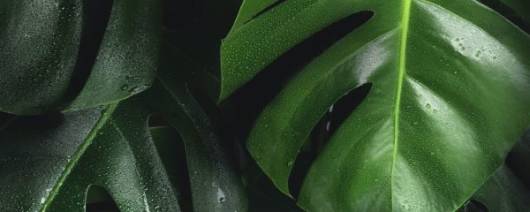
- INCI Name:Serenoa Serrulata Fruit Extract, Tocopherol
- Functions:Skin Barrier Protectant, Anti-Inflammatory
- Ingredient Origin:Natural Origin, Non-Animal Origin, Plant Origin
- Labeling Claims:Credo Clean Standard, Clean at Sephora, Plant-Based, Naturally Derived, Natural, Organic, Ulta Beauty's Conscious Beauty
- Certifications & Compliance:Organic Certified, COSMOS, ECOCERT
- Benefit Claims:Antipruritic, Skin Barrier, Outstanding Skin feel, Shine Enhancing, Sun Protection, Anti-Itching, Free Radical Scavenging, Smoothing, Skin Protection, Regenerating
GfN Selco Sabal Serrulata lipophilic is comprised of Octyldodecanol, Serenoa Serrulata Fruit Extract, Tocopherol, 2-octyldodecan-1-ol and Sabal serrulatum, ext. Extractives and their physically modified derivatives such as tinctures, concretes, absolutes, essential oils, oleoresins, terpenes, terpene-free fractions, distillates, residues, etc., obtained from Sabal serrulatum, Palmae.. It is commonly used for a variety of applications. in Color Cosmetics and Hair Care. It is a Plant Origin product. Key benefits in use include: Anti-inflammatory, Sebum absorption, Sebum control and Shine and radiance.






































































